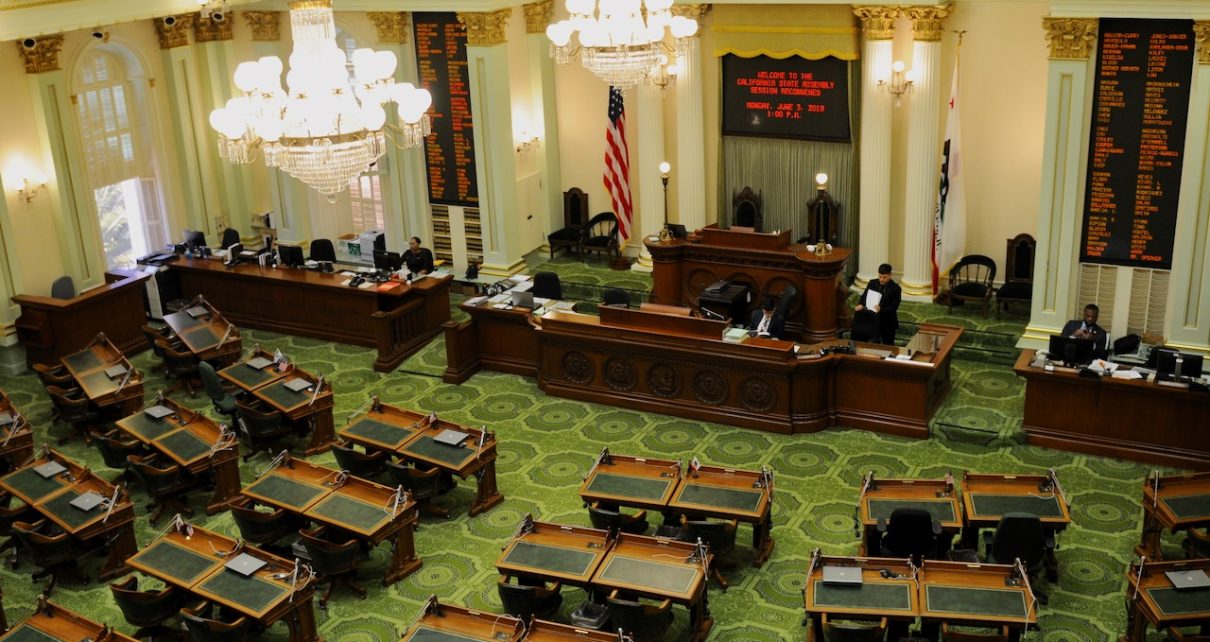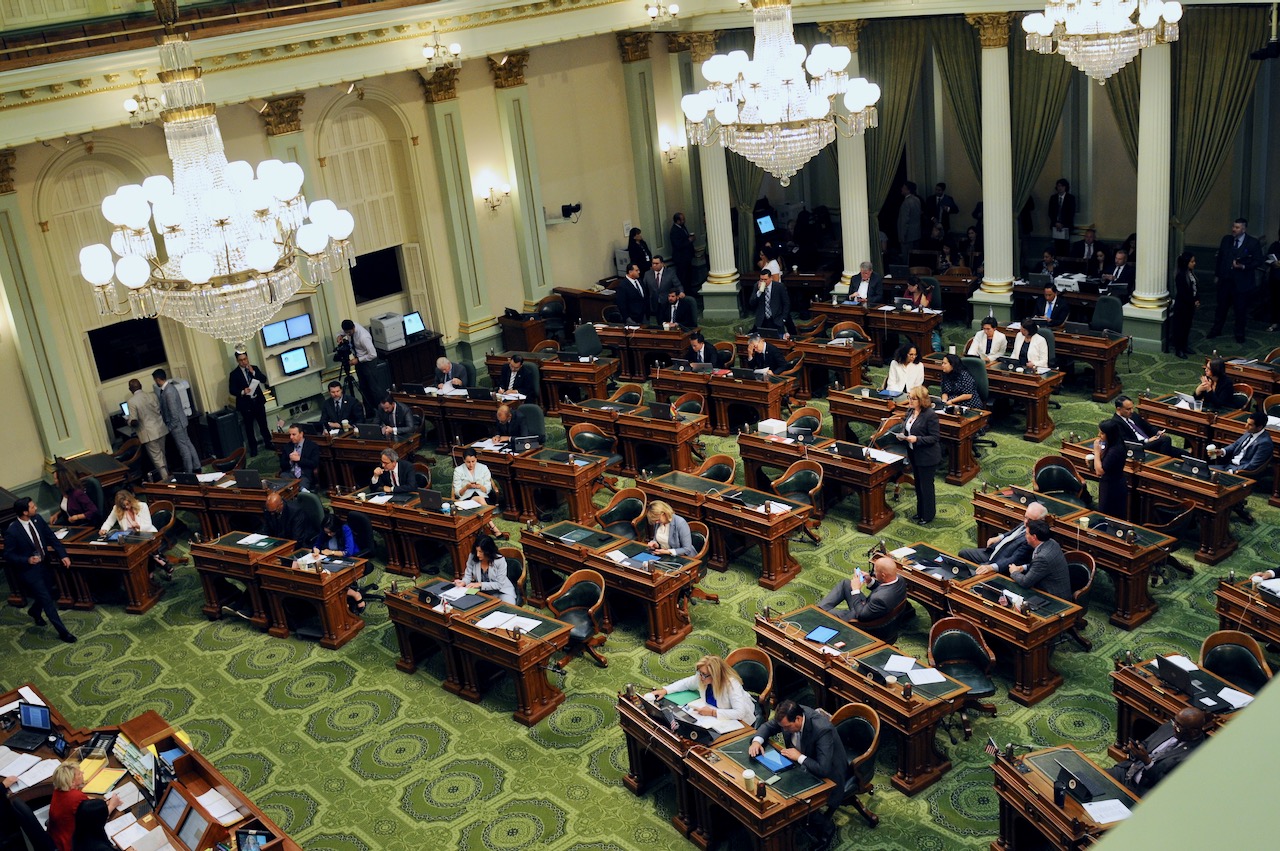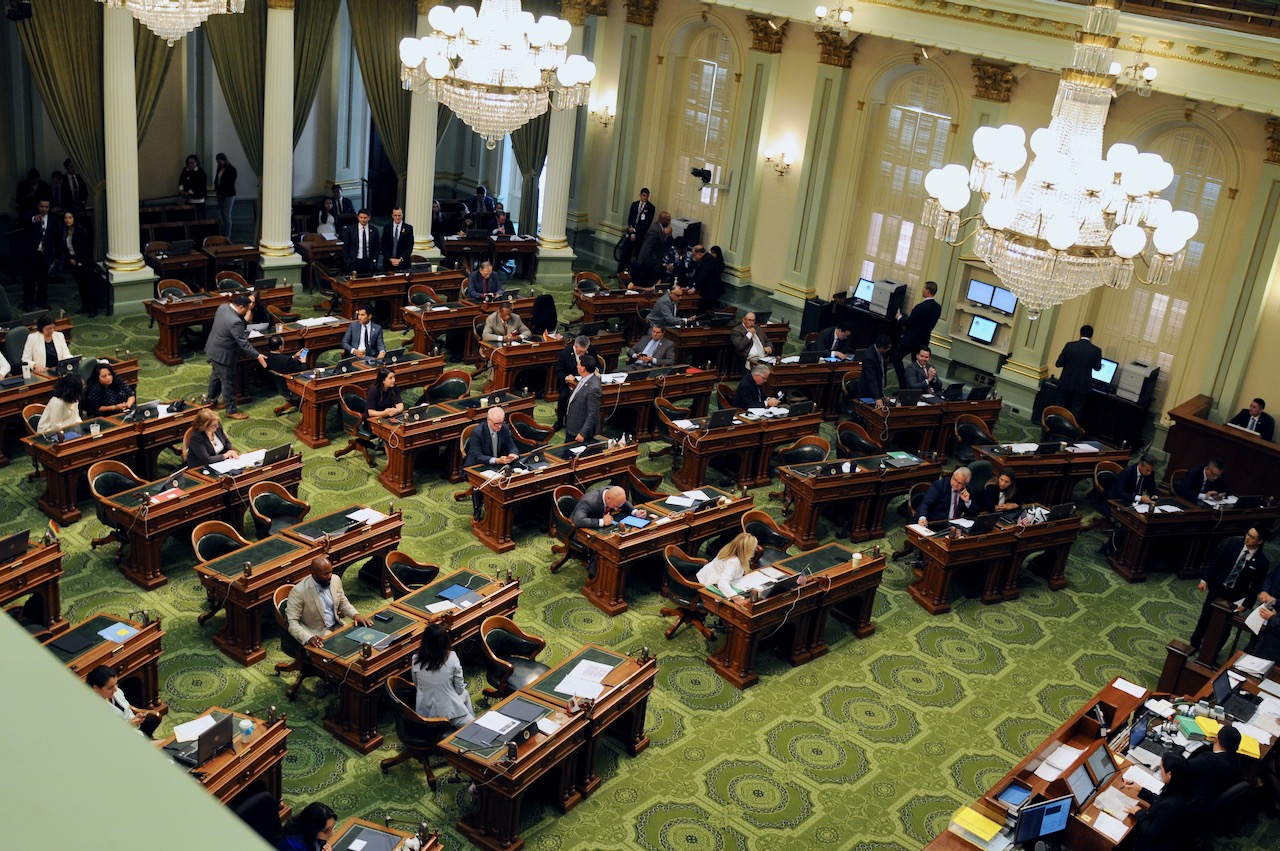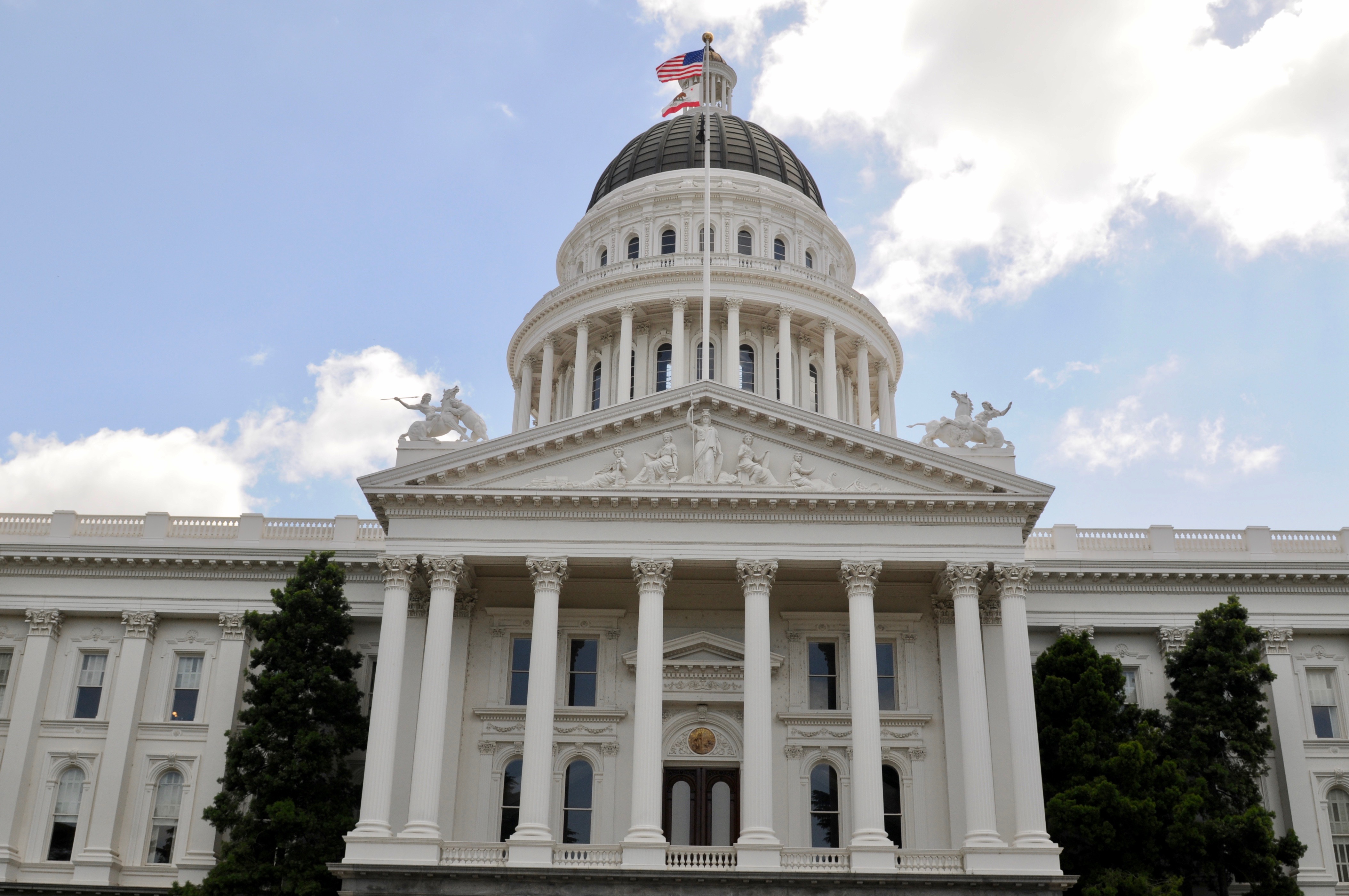
California State Assembly. (Photo: Kevin Sanders for California Globe)
Tracking and Analyzing California Legislation and Regulations
The California Legislature introduces an average of 2,500 bills per year
By Chris Micheli, June 7, 2019 6:05 am
An important role for any lobbyist is to track and analyze pending legislation and regulations. Tracking and monitoring does not just mean new bills and regulations; it also means all bill amendments, budget actions, gubernatorial actions, and other executive branch activities, such as those by the rulemaking agencies in this state.
In terms of legislation, the California Legislature introduces an average of 2,500 bills per year, with just over 1,000 getting to the Governor’s Desk, and with him signing about 85% of those measures. In addition, there are between eight and ten thousand amendments to those 2,500 bills each year. That represents a lot of bills and amendments to track and analyze.
In terms of regulations, California has more than 200 administrative agencies, departments, board, and commissions that have rulemaking authority. They promulgate about 600 regulations each calendar year. Additionally, there are interpretations, executive orders, and formal guidance issued by many executive branch entities throughout the year.
Lobbyists also need to be aware of the judicial branch and appellate court decisions that make impact particular subject areas and clients. And, every even-numbered year, lobbyists need to be aware of any state and local ballot measures that impact policy areas and client interests.
Bill Information
There are both public and private options for tracking California legislation. On the website of the California Legislative Counsel, an individual can conduct bill searched and bill tracking, including reviewing the full text of bills, resolutions, and constitutional amendments, as well as their status, history, votes, analyses, and veto messages, which are made available.
Bill information can also be searched by Legislative Session, House of origin, bill number, key words, and/or author name(s). The Legislative Counsel website also has a Bill Index which lists all bills introduced in the Assembly and Senate each year, as well as the Legislative Index and Table of Sections Affected, both of which list bills introduced in the current session. In addition, there are Daily History and Weekly Histories, as well as a “daily update” feature to track daily activity on legislation.
Finally, there is a subscription service which is optional, free feature of the California State Legislature website that is intended to aid the public as a convenient way to maintain a list of measures of interest and to receive automatic email notification on any changes in their status.
There are also commercial bill tracking services. For example, there is LegiScan, which is a national data service that provides a real-time legislative tracking service designed for both public and government affairs professionals across all sectors in organizations large and small. This paid service provides monitoring of every bill in the 50 states and Congress. Through this service, their paid users have a central and uniform interface with the ability to easily track a wide array of legislative information.
There is also Capitol Track, whose software takes data from the Capitol and other sources around the clock. They feature customized bill tracking that has the ability to create custom tracking filters, as well as personalized report formatting to create custom reports so you can organize and prioritize information.
Regulations Information
California’s Office of Administrative Law enforces the state’s Administrative Procedure Act (APA) patterned largely upon the federal law’s equivalent. There are a number of methods for a lobbyist to track regulatory actions by the numerous administrative agencies and departments in this state.
For example, there is The California Regulatory Notice Register, which is OAL’s weekly publication that contains notices of proposed regulatory actions and other relevant notices issues by state agencies. To assist in understanding the state’s APA, interested parties can purchase from OAL its California Rulemaking Law under the Administrative Procedure Act, which is an annotated compilation containing the rulemaking portion of the APA, implementing regulations and other relevant statutes.
Individuals can also request an agency’s or department’s rulemaking calendar, which is their annual list of projected rulemaking activities to implement statutes, and to have you name placed on their “interested parties” mailing list so that you receive ongoing regulatory updates.
In addition, Barclay’s Official California Code of Regulations is available for purchase and a subscription service as regulations are updated each quarter. The most recent Code of Regulations is also available at no cost on the OAL’s website.
Analyzing Legislation and Regulations
There are essentially two types of legislative and regulatory analysis. The first is to determine whether a particular bill or regulation impacts you or your client. For example, if your client is regulated by the Department of Fish & Game (DFG), you were obviously monitor legislation affecting DFG and any regulatory activity the department undertakes.
But you may also be reviewing natural resources-related legislation and monitoring what the Resources Agency is doing.
Then there is the broader analysis that needs to be done regarding pending legislation or regulations. For example, what is the problem that the legislation or regulation is attempting to address? What are the facts and what types of sources are used to document this problem?
Thereafter, you need to address questions such as: Does the bill or regulation properly address the issue? Does it do so in a narrow or broad manner? Is it too restrictive? Not strict enough? How will this solution be implemented? Does it compliment or contradict existing laws or regulations?
Additional analysis would examine the potential fiscal impact of the proposed bill or regulation. This impact could consider both the public- and the private-sector costs associated with it.
The following is a listing of major topics for an analysis of pending legislation:
- Summary of what the bill proposes
- Legislative history of the issue and other prior bills on the same topic
- Policy considerations with this proposal
- Implementation or technical considerations with the proposal
- Enforcement of Labor Commissioner Judgments - December 6, 2025
- Effect of Emancipation - December 6, 2025
- Harbor Commissions in California - December 5, 2025




